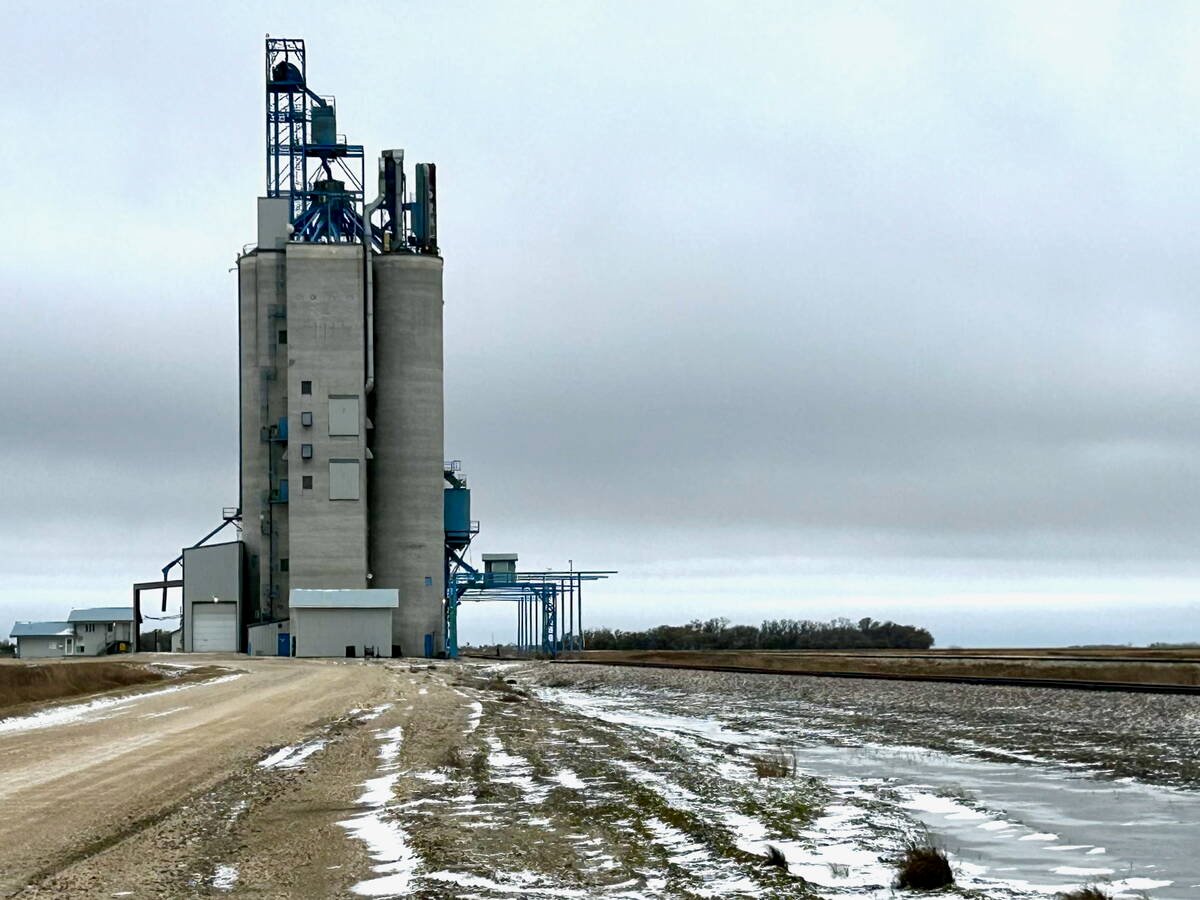Pros, cons | Evidence points to need to examine system: conference board
Dairy Farmers of Canada executive director Richard Doyle and the Conference Board of Canada agree on one thing: Canada’s regulated and protectionist dairy supply management system is one of a kind.
They disagree on whether that is a good or bad thing.
“The continued presence of this policy has contributed to stagnating production, reduced Canada’s ability to negotiate for freer trade for all Canadian goods and services and created incentives for individuals to allegedly smuggle cheese from the United States and resell it at a massive profit in Canada,” said Danielle Goldfarb, the conference board’s associate director of the Global Commerce Centre, in an Oct. 19 statement with the release of a new supply management study.
Read Also

Manitoba grain elevator ownership expands
Carman-based Linear Grain buys Fannystelle elevator from Bunge, another three elevators sold to Morden’s BP & Sons Grain and Storage Inc.
“All of the evidence points to a definitive need to fundamentally examine the rationale of the supply management system.”
A day earlier at a McGill University conference on global food security in Montreal, Doyle said the 40-year-old system has stabilized the industry, shielded farmers and consumers from the price volatility found elsewhere and given Canadian dairy producers the largest share of the dairy dollar in the world.
“Food prices, dairy prices, are not high,” said Doyle. “Compared to other commodities, food prices remain low. This is a system unique to Canada and it is working.”
The comments came as the conference board published a report from the George Morris Centre in Guelph, Ont., that argued most of Canada’s dairy competitors have moved beyond the tightly protectionist and regulated policies they once maintained to control surplus production.
The results have been more price volatility, farm consolidation, production expansion and, in some cases, including the United States, subsidies when dairy incomes fall.
However, it said the industry has expanded and become more competitive.
Canada’s strict adherence to import and production controls and price setting has kept prices stable and rising, but production has fallen, said the report, one of a series the centre is writing on supply management for the conference board, a business-financed think-tank.
The next report will study “challenges in the evolution of Canadian dairy policy” compared to developments in other countries.
The most recent report said that in all countries it compared to Canada, including the United States, the Netherlands, Australia and New Zealand, deregulation has led to fewer farmers and increased production. In some cases, such as New Zealand, the increase in lower-price product has fueled increased exports.
In Canada, where production quotas ensure output is focused on supplying a relatively stagnant domestic market, “production has been essentially constant since the mid-1970s and is actually down compared with the early 1960s.”
In fact, over-production that depressed prices and created chaos in the industry in the early 1960s was one of the main reasons supply management was created to limit production and increase farmer prices and their share of the consumer dairy dollar.
The GMC report said as a result of the policy, a survey of eastern Canadian milk prices since 1997 shows they have been consistently higher than prices in the eastern or midwest U.S.
“Milk prices in Canada are generally much higher than those in the U.S.,” it said.














